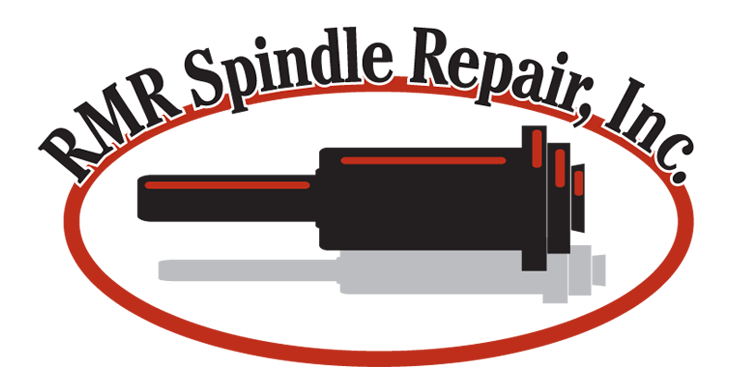The CNC machining process produces complex machined parts with ease and precision. The entire operation relies on successfully integrating machine tools and equipment; therefore, you must maintain them in excellent condition. However, there is always the possibility that the machine tools will malfunction, particularly in continuous production.
The most commonly used tools and equipment for CNC machining are drills, lathes, and milling machines. There are also other modern technologies like laser, plasma, and waterjet cutters — all of which are susceptible to issues and malfunctions.
Here are some of the most common problems and issues with CNC machining tools and the basic solution for each:
1. Incorrect Tools or Configurations
Using incorrect machining tools often produces substandard material manufacturing and finishes, including rough edges and burn marks. Consequently, this inaccuracy may deteriorate the equipment over time. Moreover, using a tool with the wrong dimensions in terms of size, quality, or compatibility with the material might result in equipment failure.
Understanding the applications and differences between different tools is the first step in resolving this issue. This will help you choose the right machines and equipment for your CNC machining task.
2. Programming Errors
Specialized computers operate every CNC machine, and inaccurate programming may reduce the machining process’ quality and efficiency. Typically, this issue is caused by the operator’s misunderstanding of the implemented codes. A solution for this problem is properly training operators in all aspects of the tools.
3. Poor Equipment Maintenance
Failure to maintain a regular maintenance schedule for the machinery may result in inaccuracies and problems that build up over time. Therefore, operators must adhere to strict maintenance routines for in-service tools and equipment to avoid this issue. Additionally, they should regularly inspect airflow or coolant levels to ensure that operations continue to run smoothly.
4. Power Supply Issues
Power supply issues could impair the performance of CNC machine tools. For instance, low power or voltage readings and blown fuses may lead to the complete failure of a machine. To prevent this, check the power supply’s input and ensure they have the correct voltage and capacity.
5. Overheating
Continuously operating CNC machines frequently results in overheating, with temperatures exceeding 150 ℉. To prevent this, ensure that all lines are periodically cleaned and that the machine is free of dirt, soil, and debris.
6. Automatic Tool Changer Issues
A CNC machine tool utilizes an automated tool changer (ATC) to increase production and tool-carrying capacity. Unfortunately, ATC errors are common, leading to complications throughout the machining process.
A crucial step to resolving this issue is to inspect the base, tool holder, and support arm. ATC troubleshooting is also frequently coupled with a generic tool changer alarm. Lastly, determine the machine’s diagnostics and switches so that you can replace or repair them appropriately.
7. Machine Chatter or Vibration Issues
It is normal for machines to produce vibrations when in use, but if they begin to make unwanted sounds that grow louder over time, there is a complication. You can solve this by knowing whether or not your tool chatters. In that case, consider adjusting the RPM such that its frequencies do not resonate with the material frequency.
8. Clamping or Unclamping of Chucks and Fixtures
Chucks and fixtures become loose with time, causing the spindle to lose its grip on the fittings. This can cause the machine tool to vibrate during the machining operation. This clamping and unclamping may result in poor construction of the machined product and even operator injuries. To address this, verify that all parts are properly positioned to ensure adequate clamping.
9. Insufficient Worker Skills and Training
Machining errors may be related to the personnel’s lack of training and expertise. Their skill sets may be outdated, posing a challenge for new and creative CNC machines and processes. To resolve this problem, all workers must undergo updated and comprehensive training to develop management and technical skills.
10. Burnt Traces on the Relay Board
Relay boards are computer circuit boards containing an assortment of switches; they are equipped with input and output terminals to regulate the voltage supply. If you detect that one of the traces on a relay board has been burned, you must de-solder the burnt tracing wire and replace it with a new one.
Choose RMR Spindle Repair for Superior CNC Spindle Repair Services!
Spindles are essential components of machine tools and considerably impact the precision and quality of machined parts. This necessitates adequate spindle maintenance for optimal tool performance.
RMR Spindle Repair has over 65 years of experience in CNC spindle repair! We have the knowledge, skills, and expertise to assist you in optimizing your spindles’ performance and minimizing downtime.
Contact us now for any spindle repair service you need!


Recent Comments